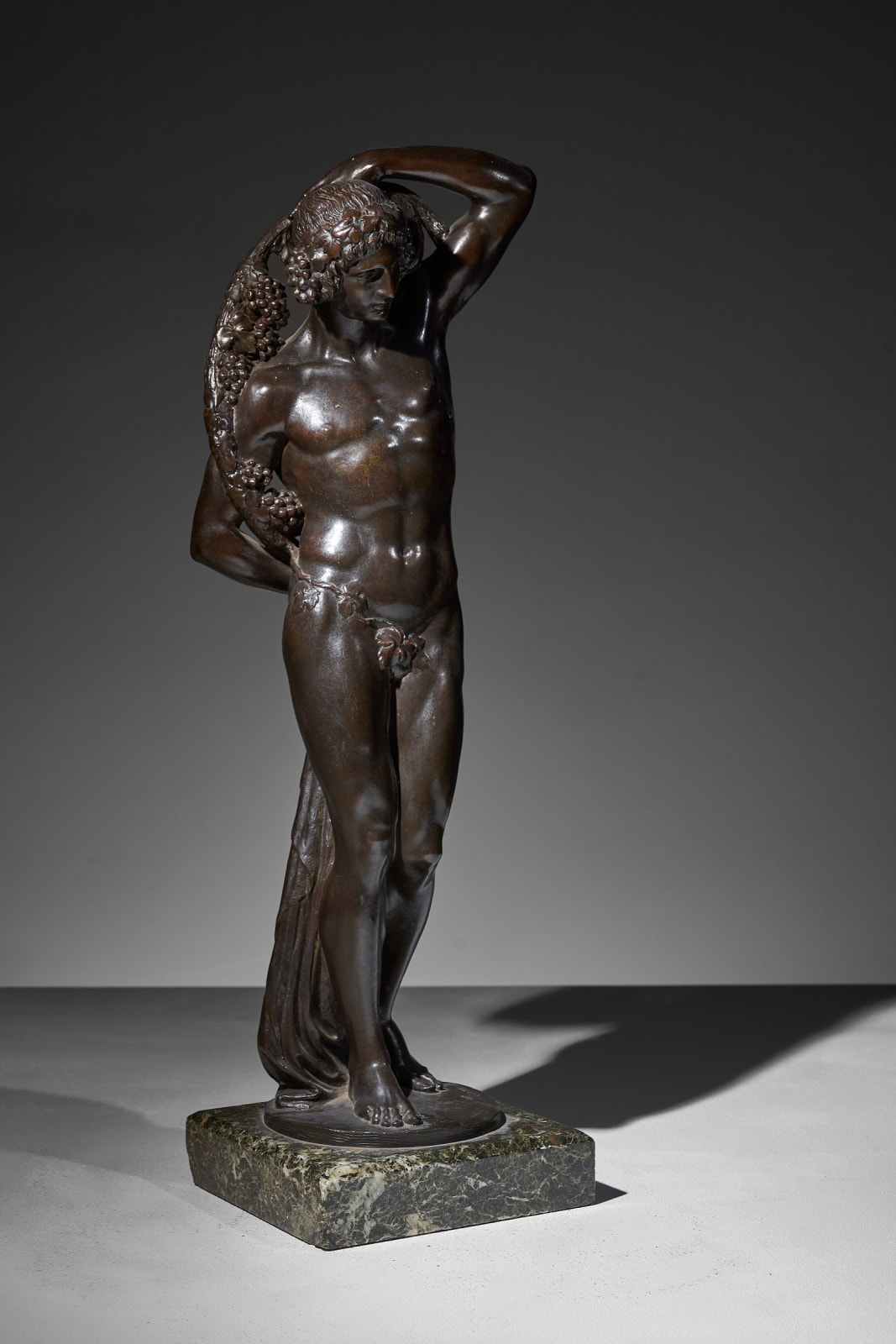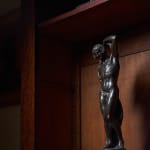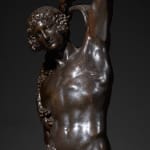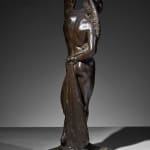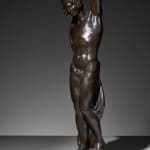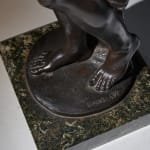Emmanuel-Jules Jo or Joseph Cormier
Further images
The French sculptor Joseph-Jules-Emmanuel Descomps (1869 - 1950) - known as Joé Descomps (became Joseph Cormier after the First World War, he signed his works under both names, Descomps and Cormier).
Descomps was a pupil of the sculptor Louis-Auguste Hiolin (1846-1910) and the sculptor and painter Alexandre Falquière (1831-1900). He tried out a range of artistic techniques, including sculpture, drawing, watercolor, painting and ceramics.
He trained with Falguières and worked with jeweler Frédéric Boucheron (1830-1902). He lived and worked in La Charité-sur-Loire (Nièvre).
In 1911, a small terracotta statuette signed by him was offered to subscribers to the publications of Félix Juven (1862-1947). He was a French publisher of humorous illustrated magazines, owner of a press and founder of the Société d'édition et de publications (SEP).
Descomps was a renowned sculptor, his favorite subject was the female nude, which he enhanced by sculpting mainly in bronze, but also in ivory. Other subjects included mythological themes, groups and statues. Some subjects were treated using the terracotta technique, requiring great mastery of modeling. He also produced a number of automobile mascots, always treated with the sculptor's characteristic finesse.
He worked with the best bronze foundries, such as Susse Frères and Etling Paris.
He occasionally exhibited in Paris at the Salons d'Automne and Salons des Tuileries. As member of the French Artists Society since 1883, he regularly appeared at the Salon des Artistes Français from 1891 to 1937. He won an honorable mention in 1898, a third medal in 1921, a second medal in 1925 and a first medal in 1928. He was present at the Chicago Exhibition in 1893. He was made a Chevalier de la Légion d'Honneur by decree on April 3, 1929.
Museums: Paris (Musée d'Orsay, Musée National d'Art Moderne, Petit-Palais, Musée Galliéra)
